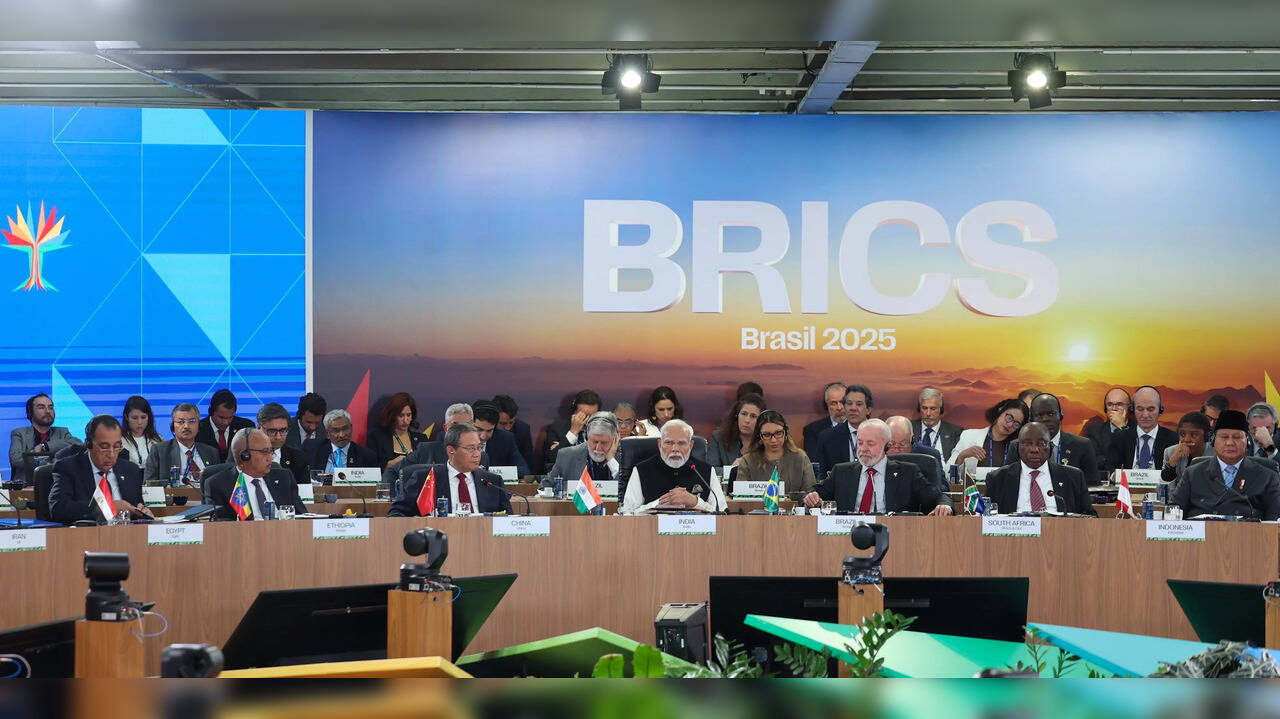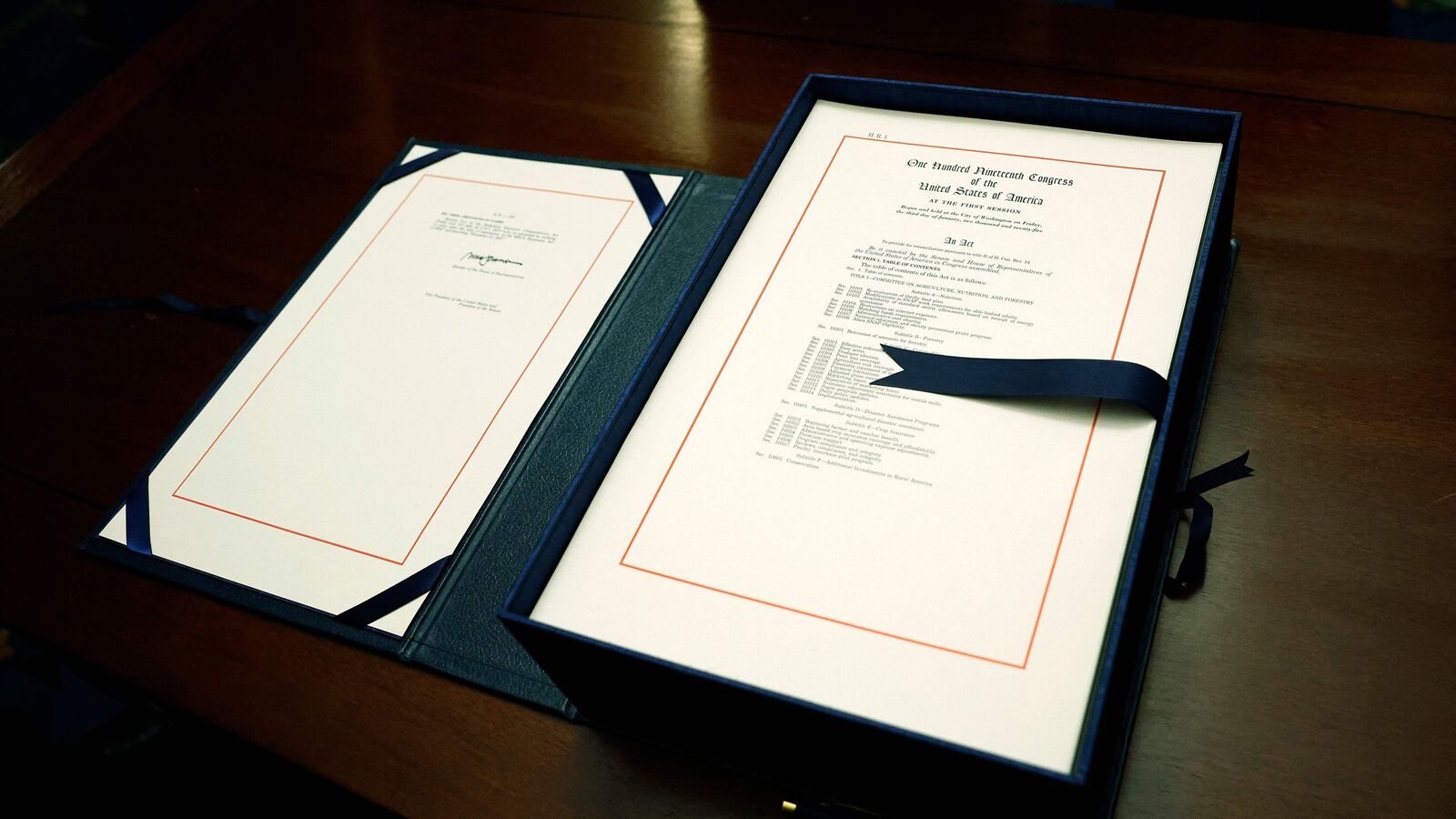Summary
During a meeting at the BRICS Summit, Prime Minister Narendra Modi and Cuban President Miguel Diaz-Canel discussed enhancing bilateral relations, focusing on sectors like pharmaceuticals, biotechnology and digital infrastructure like the UPI.
Source: Times Now

AI News Q&A (Free Content)
Q1: What is the significance of the Unified Payments Interface (UPI) being promoted by Prime Minister Modi at the BRICS Summit?
A1: Prime Minister Narendra Modi's promotion of the Unified Payments Interface (UPI) at the BRICS Summit signifies India's push towards globalizing its digital payment systems. By advocating for UPI's adoption across BRICS countries, Modi aims to streamline cross-border transactions, enhance financial integration, and replicate the success observed in UAE, where UPI has been effectively implemented. This move is expected to bolster economic ties and facilitate smoother, faster transactions within the BRICS bloc.
Q2: How has the adoption of UPI transformed the digital payment landscape in India?
A2: Since its launch during the demonetization phase in 2016, UPI has revolutionized digital payments in India, particularly after the 2020 lockdown. Despite 60% of transactions still being cash-based, UPI has witnessed a sharp rise in adoption, providing a seamless, real-time payment platform that has boosted digital transactions significantly. This transformation underscores India's commitment to fostering a cashless economy and enhancing financial transparency.
Q3: What are the potential benefits of BRICS countries adopting India's UPI system?
A3: Adopting India's UPI system could offer several benefits to BRICS countries, such as facilitating quicker and more efficient cross-border transactions, reducing transaction costs, and enhancing financial inclusion. It could also strengthen economic collaboration among member nations and provide a robust framework for integrating digital economies within the BRICS bloc.
Q4: What role did the 2023 BRICS Summit play in expanding UPI's global reach?
A4: The 2023 BRICS Summit served as a pivotal platform for India to propose the global expansion of UPI. By inviting BRICS nations to embrace the UPI system, Prime Minister Modi highlighted its potential for financial integration and cross-border cooperation, using the UAE's successful implementation as a case study. This initiative aligns with the summit's broader goal of bolstering economic partnerships and technological innovation among member states.
Q5: How does the BRICS Summit facilitate economic cooperation and development among its member states?
A5: The BRICS Summit acts as an international forum for its member states to coordinate multilateral policies and initiatives. It enables countries like Brazil, Russia, India, China, and South Africa to collaborate on economic, technological, and infrastructural projects. Key initiatives include the New Development Bank and the BRICS Contingent Reserve Arrangement, which aim to provide financial support and foster sustainable economic development.
Q6: What are the challenges facing the implementation of UPI in BRICS countries?
A6: Implementing UPI across BRICS countries may face challenges such as varying levels of digital infrastructure, regulatory differences, and cybersecurity concerns. Additionally, the integration process requires alignment of financial policies and robust cooperation among member states to ensure the system's seamless operation and security.
Q7: What historical factors led to the formation of the BRICS grouping?
A7: The BRICS grouping originated from the idea of forming a cooperative framework among major emerging economies. Initially conceptualized by economist Jim O'Neill in 2001, BRICS formally came into being in 2009 with Brazil, Russia, India, and China as founding members. South Africa joined in 2010. The group aims to create a multipolar world order, offering economic and political alternatives to Western-dominated institutions.





